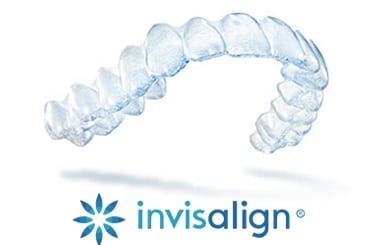Orthognathic Surgery


Orthognathic surgery is often called corrective jaw treatment or full jaw treatment, is used to address issues with the jawbone and jawline. It helps correct problems related to structure, growth, or breathing. Orthognathic surgery realigns misaligned jaw bones, which can improve many aspects of daily life, like eating and swallowing. Besides improving function, this procedure also enhances facial structure and appearance. Jaw & orthognathic surgery is especially beneficial for patients with severe bite issues that can’t be fixed with orthodontics alone.
A misaligned jaw can affect your ability to bite, swallow, and speak properly. We see this often with patients who come in for orthognathic surgery or treatment. Correcting this often requires orthodontic treatment followed by jaw surgery, and recovery will take some time. Jaw issues can be present from birth or develop later due to accidents or other health conditions. No one plans for these issues, but treatment can help restore proper function and comfort.

Examples Of Genetic Jaw Issues

Some patients may have jaw problems that are hereditary, like malocclusion, which can also be linked to general health issues. Here are some common hereditary jaw conditions:
- Crossbite: This occurs when some of the bottom teeth extend over the front surfaces of the top teeth.
- Open Bite: When the mouth is closed, some teeth do not come together, creating a gap.
- Underbite: An underbite happens when the bottom teeth stick out past the top teeth, making it look like the lower jaw is pushed forward.
- Palate Issues: This occurs when the mouth and facial structures do not form correctly.
Everything You Need to Know Before Having a Jaw Surgery

Before starting orthognathic surgery, it’s important to clearly understand what can be achieved and what is involved. If you’re considering jaw surgery, take a look at before and after photos to get an idea of the possible changes. Discuss your goals and expectations with your doctor to make sure you’re on the same page. Since every jaw condition is different, your doctor will explain the best course of action for your specific needs.
Make sure your doctor fully understands your goals with orthognathic surgery. Your overall health and your jaw condition should be carefully evaluated. Keep in mind that jaw surgery is a lengthy process that can take several months to complete. Asking questions about the orthognathic surgery procedure will help you feel more informed and prepared. It’s also important to understand the steps before, during, and after surgery, as well as the recovery process. This way, you’ll know what to expect and be ready for the commitment required.
Orthognathic Surgery Types

Orthognathic surgery can correct issues that cause your jaw to stick out, either slightly or significantly. If you want to balance your facial features, jaw surgery might be the right option for you. Here are the most common types of orthognathic surgery:
- Mandibular Osteotomy: This surgery is used to correct a lower jaw that either sticks out too far or not far enough.
- Maxillary Osteotomy: This surgery is done to correct issues with the upper jaw, such as a crossbite or open bite, when the upper jaw protrudes too much or not enough.
- Bilateral Osteotomy: Also called a dual-jaw surgery, this procedure involves correcting issues with both the upper and lower jaws.
What Happens After An Orthognathic Surgery Operation

After orthognathic surgery, you’ll need to stay in the hospital for a few days so that your medical team can monitor your progress. The recovery process includes several steps, such as:
- Plastic Splint: A plastic splint will be placed in your mouth during surgery to help your jaw muscles adjust to their new position.
- Resting Position: You’ll need to keep your head elevated while resting, as your face may be swollen and sensitive.
- Medication: You’ll be prescribed medication to help manage pain and prevent infections during your recovery.
- Diet: For several weeks, you will need to stick to a liquid diet as you heal.
- Communication: Due to swelling and the splint in your mouth, your medical team may provide alternative ways for you to communicate.
- Splint Removal: The plastic splint will be removed after about eight weeks.
- Aligners: You’ll need to wear aligners for about 6 to 9 months after the surgery.
- Retainers: Once your braces are removed, you should wear repositionable retainers to help keep your teeth aligned.
Takeaway

If you are considering orthognathic surgery, it’s important to focus on how it can help fix issues caused by your upper and lower jaws not aligning properly. Jaw surgery is often an option when orthodontic treatment alone cannot resolve your condition.
Ready to learn more about how jaw surgery can improve your smile and quality of life? Contact Harmony Orthodontics today to schedule a consultation at one of our three locations!
